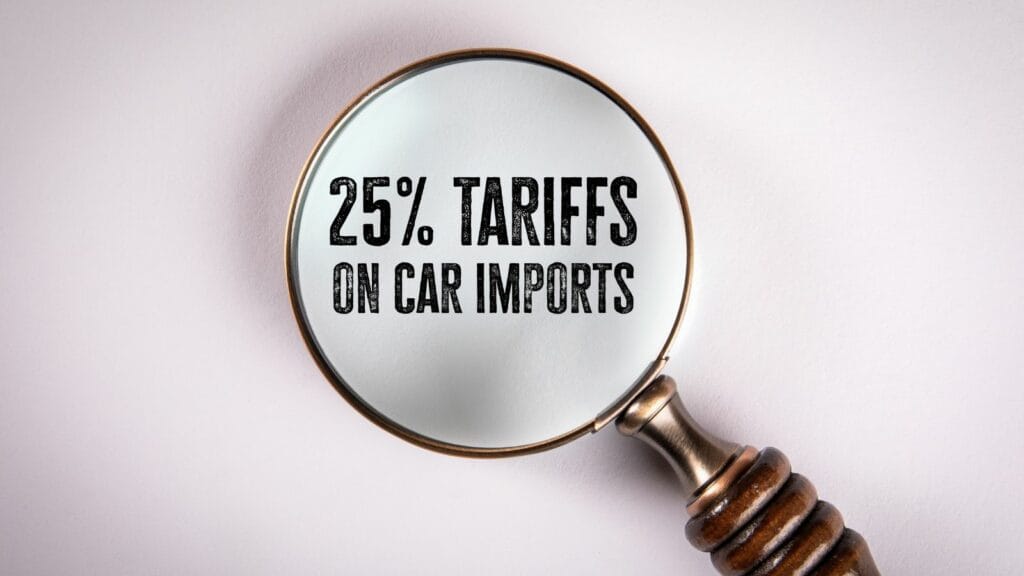Current discussions regarding tariffs on vehicles and components from Mexico, China, and the United States present significant implications for Canada’s automotive sector. Trade policy uncertainties create complex challenges across manufacturing, retail, and consumer markets. Here is a comprehensive analysis of 22 leading Canadian automotive industry professionals.
David Adams – President, Global Automakers of Canada

Adams highlighted that tariffs function as taxes, increasing consumer costs and driving up inflation while unfairly impacting workers on both sides of the border. He warned that prolonged tariffs could necessitate a fundamental restructuring of the automotive industry in North America. He also emphasized that these tariffs would exacerbate vehicle affordability challenges for consumers, potentially leading to long-term structural damage to the North American auto industry. “A Toyota RAV4 could jump by $5,000 overnight.”
Flavio Volpe – President, Automotive Parts Manufacturers’ Association (APMA)

Flavio Volpe, President of the Automotive Parts Manufacturers’ Association (APMA), has been a vocal advocate for Canada’s auto industry amid U.S. tariff challenges. He warns that the 25% tariffs imposed by the Trump administration could lead to a shutdown of the auto sector within a week, rendering operations unprofitable. These tariffs have already resulted in 10,000 to 12,000 temporary layoffs among APMA members. Through strategic advocacy and innovation, Volpe seeks to navigate the complexities of international trade policies and bolster Canada’s auto industry against external economic pressures.
Brian Kingston – President and CEO, Canadian Vehicle Manufacturers’ Association
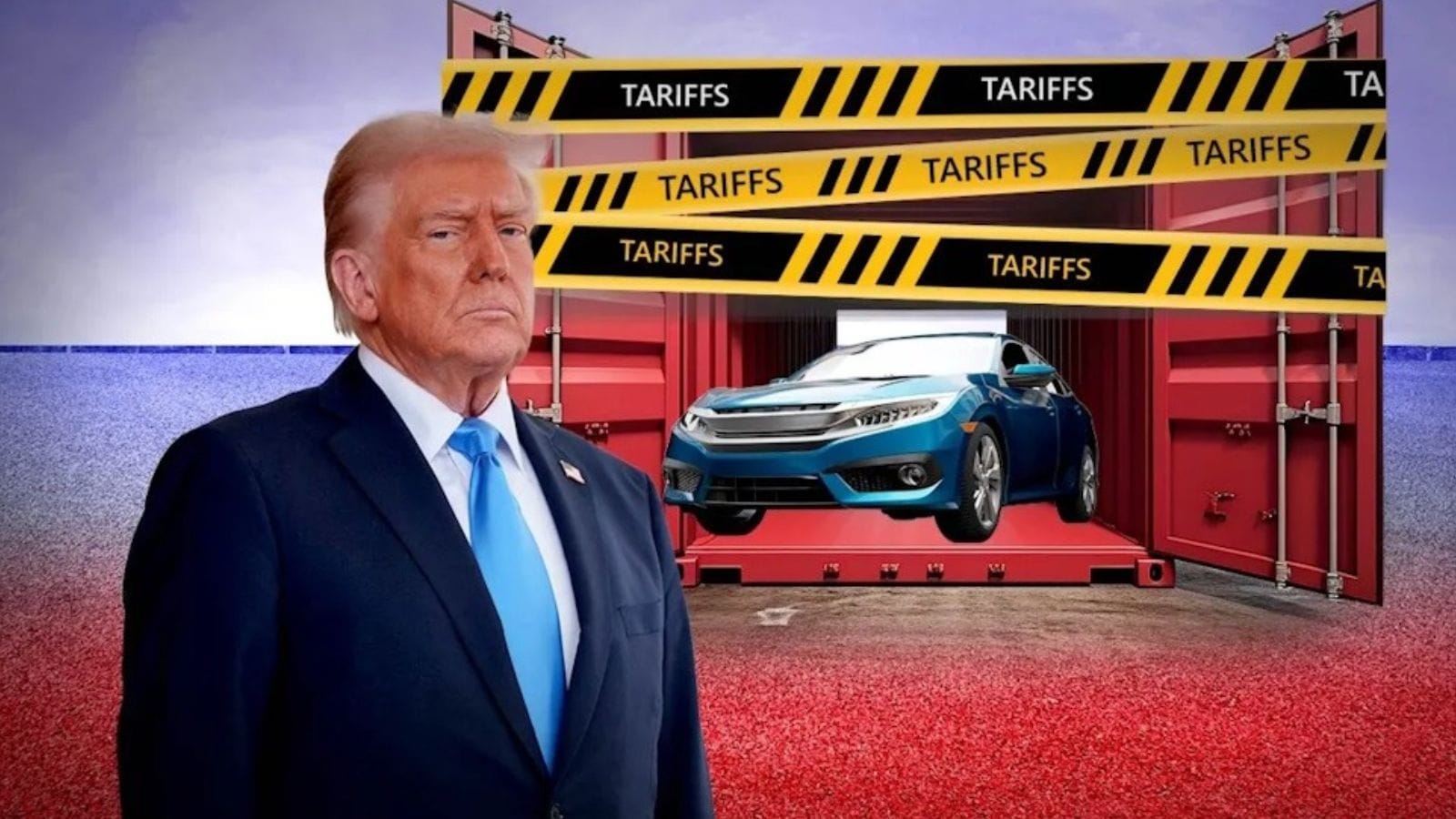
Kingston stated that these tariffs “will have immediate negative consequences for the highly integrated North American automotive industry,” leading to increased costs for manufacturers and consumers and a less competitive industry. He emphasized that the tariffs would disrupt over 60 years of integration that has fostered a globally competitive automotive industrial base. He also highlighted that vehicles are the second-largest Canadian export by value, with 93% exported to the U.S., and that the auto manufacturing sector accounts for 128,000 direct jobs in Canada.
Jennifer McCarthy – National Director, Hyundai Canada
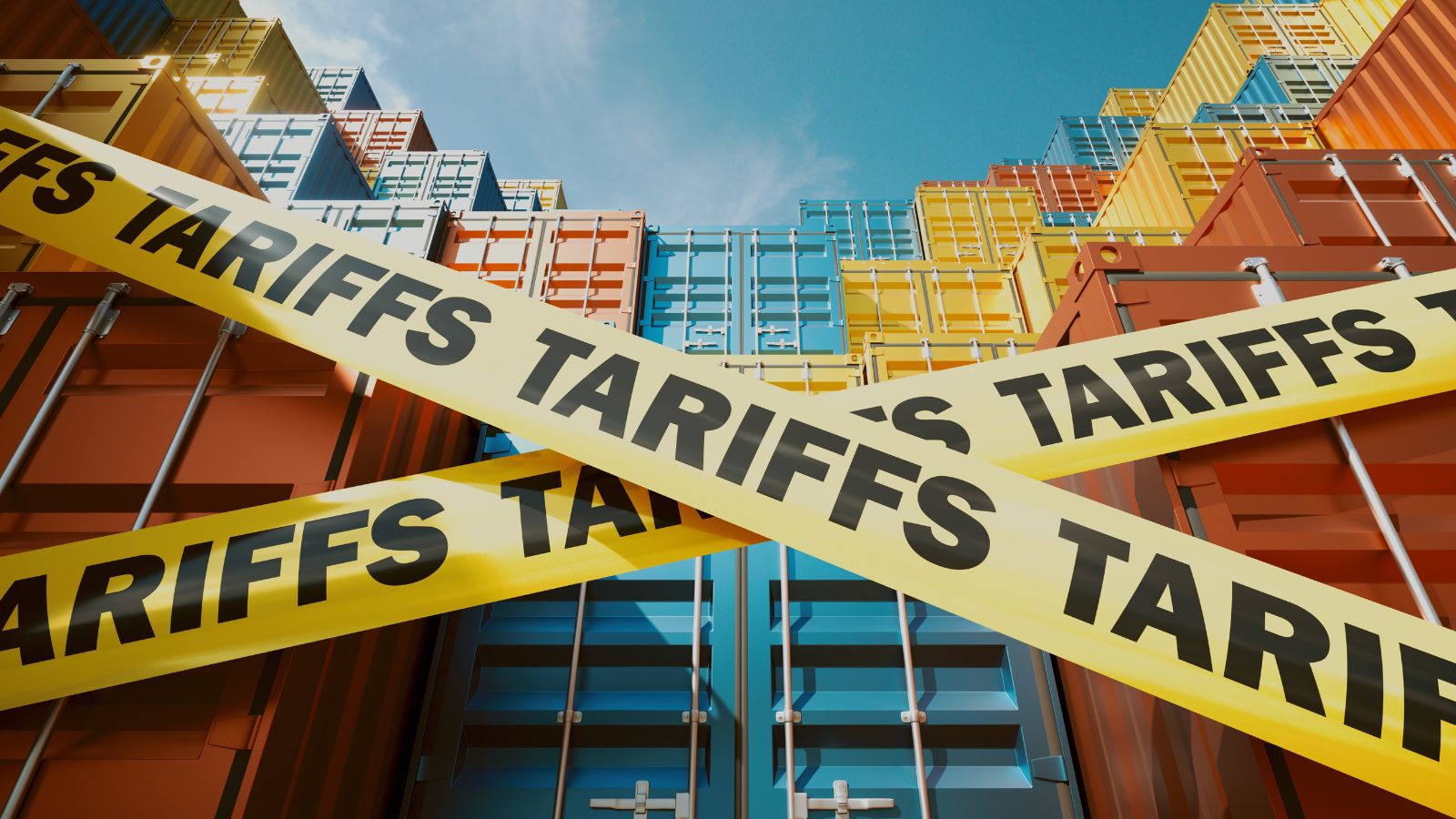
Jennifer McCarthy has been navigating the automotive landscape with a keen eye on the shifting terrain. She notes that these tariffs disrupt the intricate supply chains that Canadian dealerships rely on, potentially leading to increased vehicle prices and inventory shortages. The Canadian government has responded by imposing retaliatory tariffs on U.S. vehicles and auto parts, aiming to mitigate the economic impact on its domestic industry. However, McCarthy remains optimistic, suggesting that the Canadian market’s resilience and the industry’s ability to innovate will help mitigate the impact. She also advocates for strategic planning and strong partnerships to navigate these challenges effectively.
Don Romano – Former President and CEO, Hyundai Canada
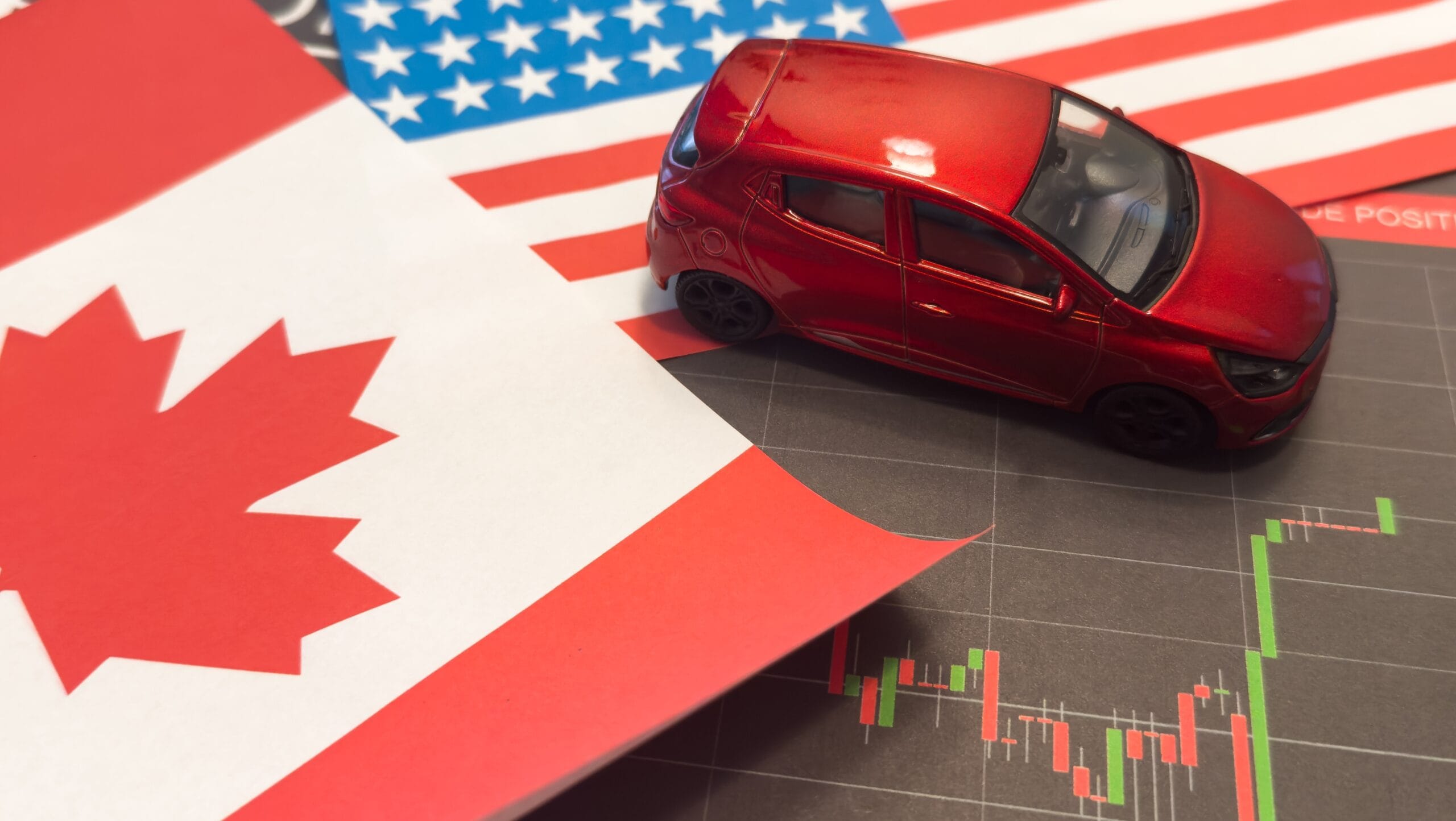
Don Romano, former President and CEO of Hyundai Canada has been steering the ship through choppy waters. With a 25% tariff wave crashing down on Canadian imports, he quipped, “Even though you are a smart guy, this is a very dumb move,” echoing Prime Minister Trudeau’s sentiments. The company has also shifted some of its production of the Hyundai Tucson to Mexico to mitigate tariff impacts, demonstrating adaptability to changing trade policies. Under Romano’s leadership, Hyundai Canada achieved record sales in 2024, a 13.9% increase over the previous year. This success reflects the company’s resilience amid industry challenges.
Baris Akyurek – VP of Insights and Intelligence, AutoTrader Canada
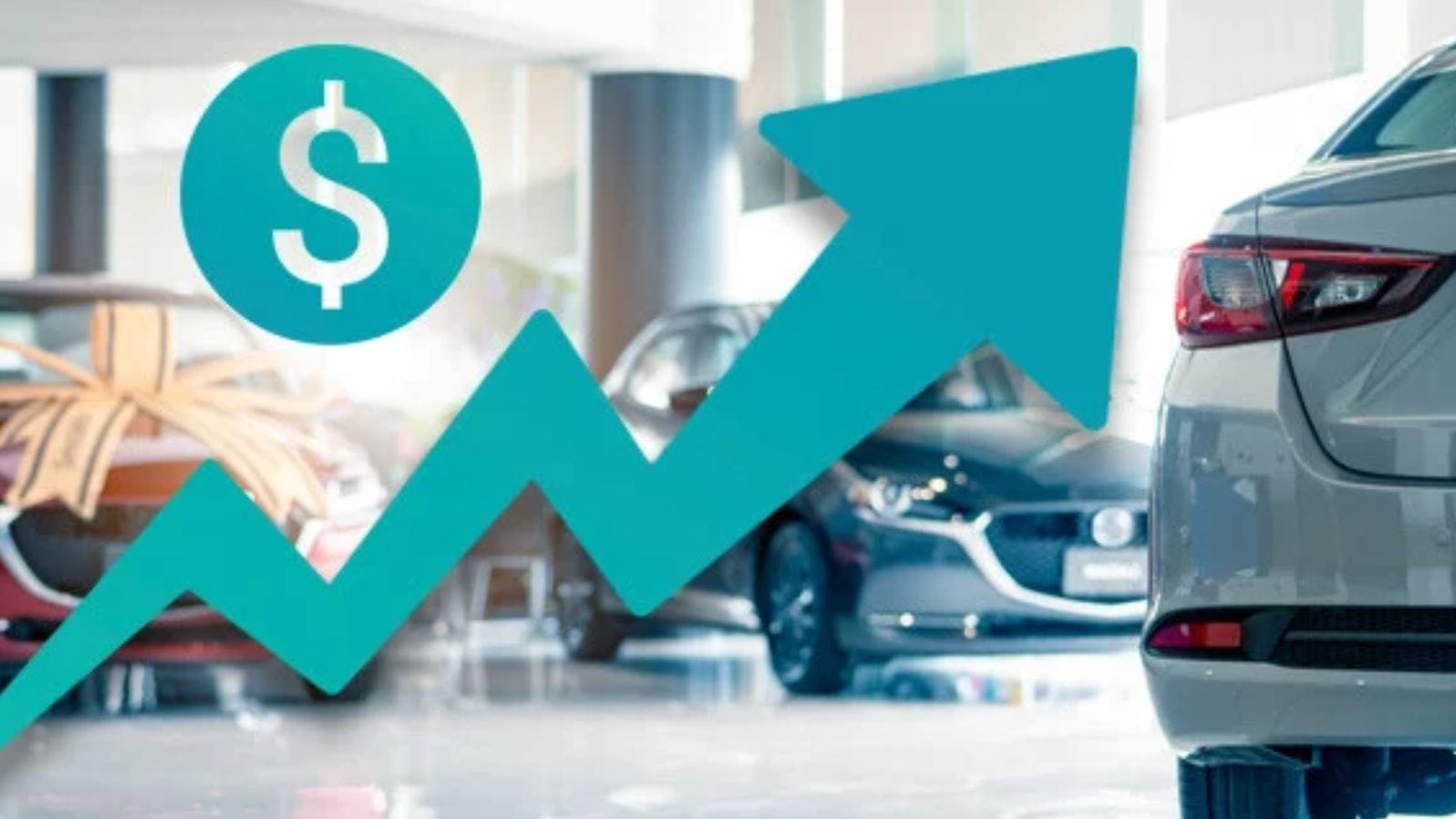
According to Akyurek, consumers are already feeling the sting, with rising prices trickling faster than a Tim Hortons double-double on a cold morning. Inventory uncertainty is rising, too, as dealers brace for models stuck at the border or slapped with sudden surcharges. AutoTrader’s traffic shows a spike in interest for used cars because when new ones start costing like luxury condos, Canadians start browsing for that trusty 2012 Corolla again. Akyurek’s bottom line: tariffs aren’t just politics—they’re about pocketbooks, and for average buyers, it’s about to get a lot bumpier on the showroom floor.
Peter Hatges – Partner, Automotive Sector Lead, KPMG Canada
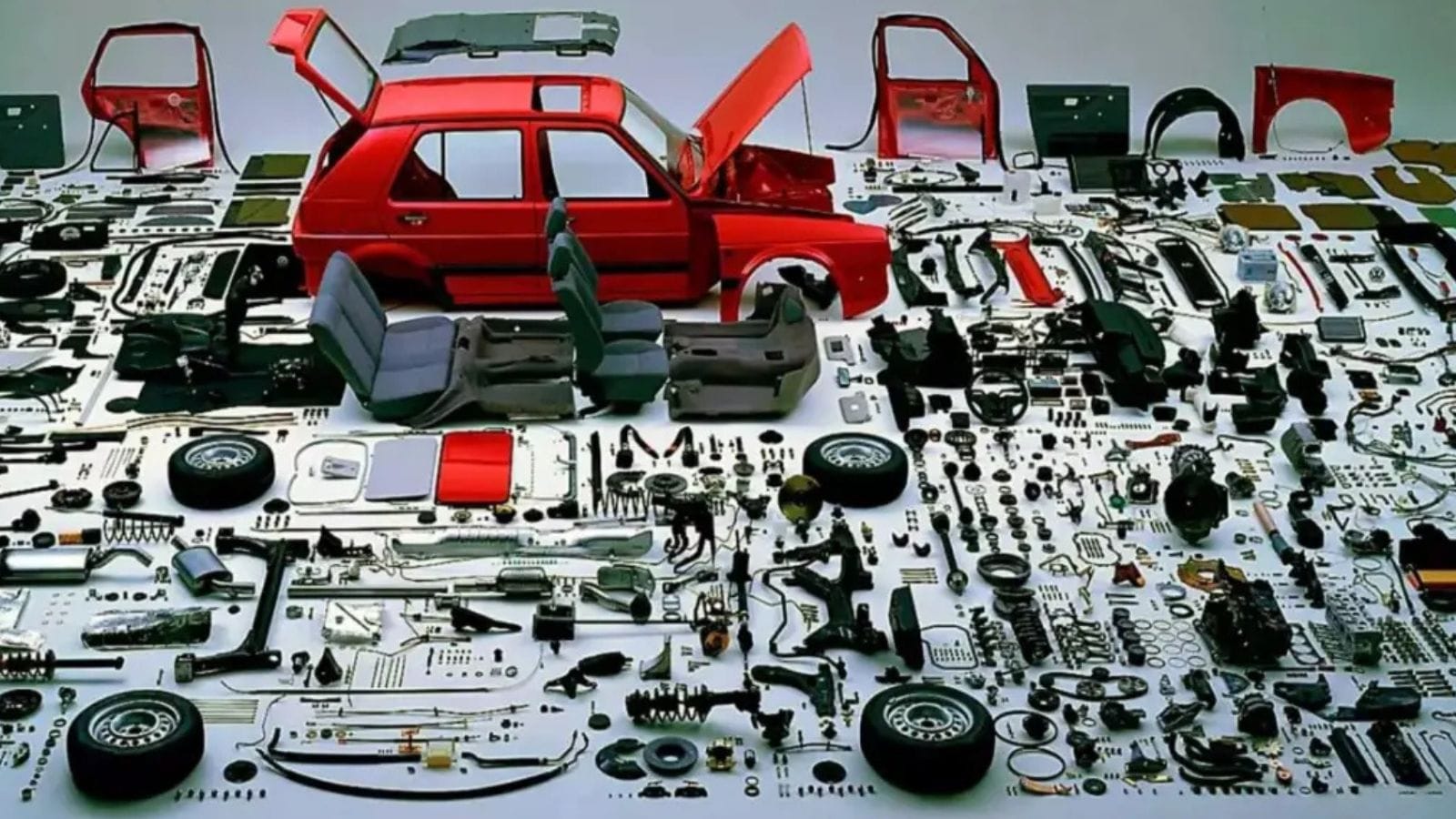
“Margins will evaporate like water on a hot hood. OEMs (Original Equipment Manufacturers) can’t absorb all the extra cost, and neither can consumers. Something’s gotta give.” Hatges highlights that such economic pressures coincide with a transformative shift towards electric vehicles (EVs), driven by consumer demand and environmental considerations. A KPMG survey reveals that 68% of Canadians planning to purchase a new vehicle within five years will likely opt for an EV, underscoring the urgency for industry adaptation. Hatges also asserts that Canada’s automotive sector must navigate these dual challenges—tariff-induced cost implications and the accelerating EV transition—to maintain competitiveness and meet evolving consumer expectations.
Sylvie Tremblay – Lead Auto Analyst, Québec Institute for Public Policy
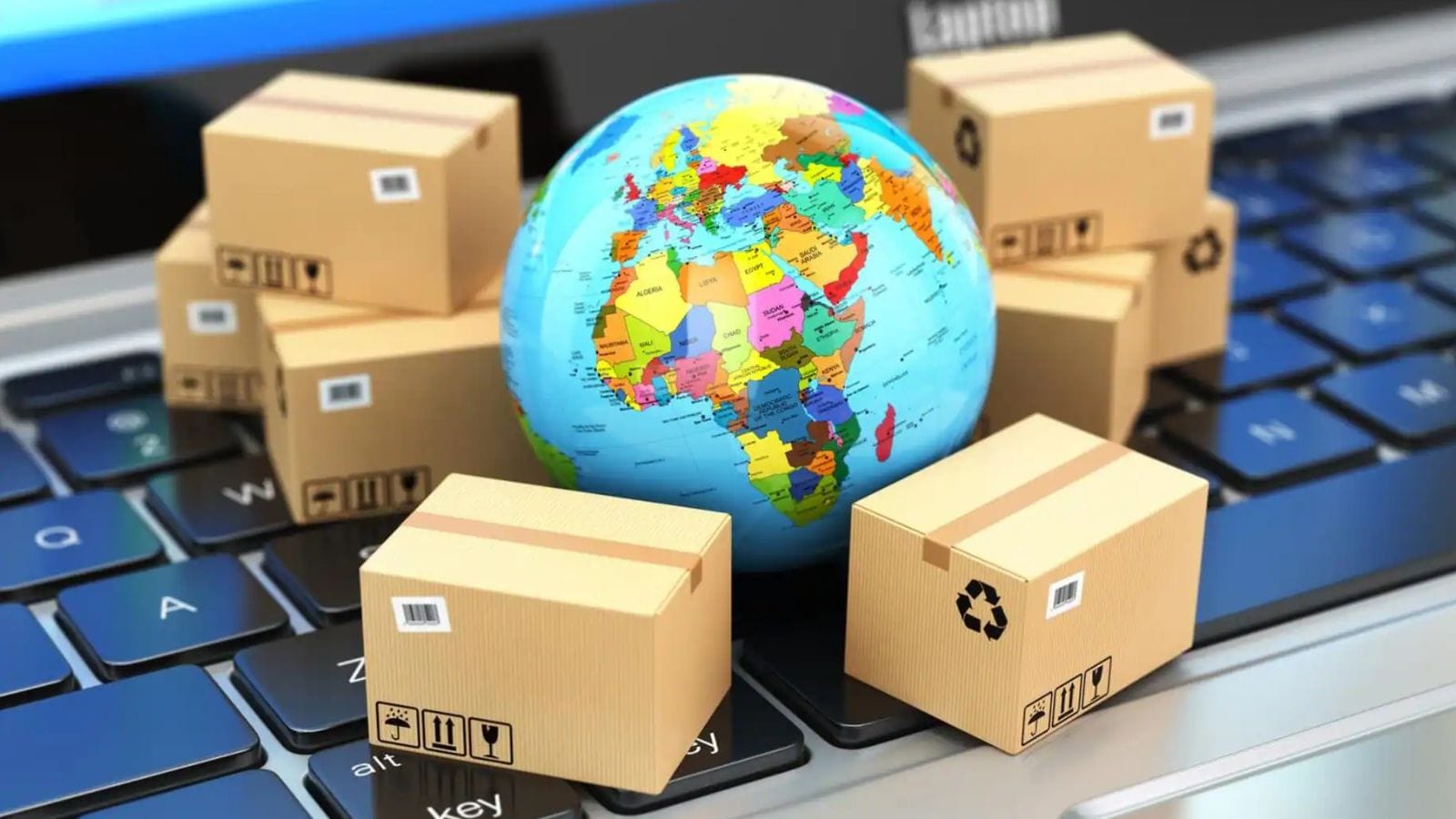
She points out that the 25% tariffs on vehicles with certain U.S. content thresholds disrupt supply chains and push up vehicle prices, making Canadian drivers pay a premium for their daily drives. But it’s not all doom and gloom; Tremblay notes some clever manufacturers are pivoting toward sourcing parts locally or from tariff-free countries, showing the industry’s nimble dance moves in tough times. She highlights how tariffs threaten jobs, especially in Ontario and Québec, where auto plants hum like busy bees. In her witty take, Tremblay quips, “Tariffs may slow us down, but the Canadian auto industry isn’t about to stall out anytime soon.”
Perry Lefko – Journalist, Canadian Auto Dealer

Perry Lefko, a veteran scribe in the land of lug nuts and leather seats, brings his seasoned pen to the tariff turmoil gripping Canada’s auto scene. In his coverage for Canadian Auto Dealer, Lefko notes that while the U.S. dropped a tariff bomb on the auto world, Canada somehow managed to duck most of the shrapnel — for now. Experts he consulted suggest the impact, though serious, could’ve been worse. Lefko’s take? The industry is gearing up for a bumpy ride, but Canada might keep its engine humming with clever navigation. Just don’t forget to fasten your economic seatbelt.
Tim Reuss – President and CEO, Canadian Automobile Dealers Association (CADA)

Reuss stated, “Vehicle and parts production and distribution across North America is highly integrated and the result of decades-long efforts and cooperation by the U.S./Canada/Mexico governments and manufacturers.” CADA warns that these tariffs could reduce Canadian new-vehicle sales by up to 25% in 2025, exacerbating affordability issues for consumers. Reuss also advocates for Canada to explore importing vehicles from regions like the European Union, South Korea, and Japan, suggesting that adopting their safety standards could provide consumers with more affordable options.
Michael Hatch – Economist, Scotiabank Economics
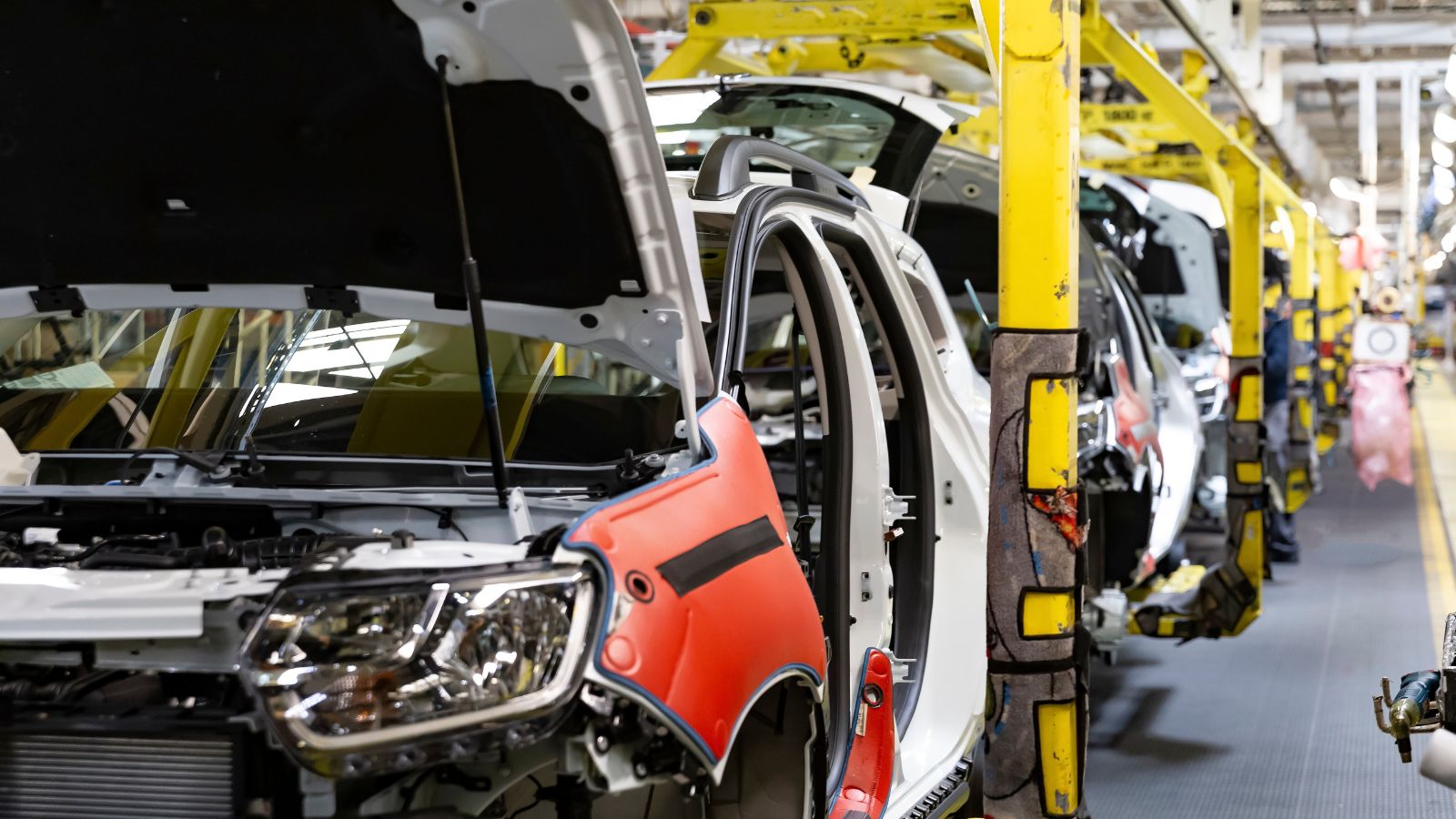
Michael Hatch, Chief Economist at the Canadian Auto Dealers Association (CADA), has extensively analyzed the impact of U.S. tariffs on Canada’s automotive sector. He warns that a 25% tariff on Canadian-made vehicles could jeopardize up to 30,000 jobs in manufacturing and related industries. Hatch emphasizes the vulnerability of Canada’s auto industry, stating that “our industry is being held hostage by perhaps the most unpredictable President ever to occupy the White House”. Hatch’s insights underscore trade policies’ significant challenges on Canada’s auto industry and the necessity for thoughtful economic strategies to mitigate adverse effects.
Linda Hasenfratz – Executive Chair, Linamar Corporation
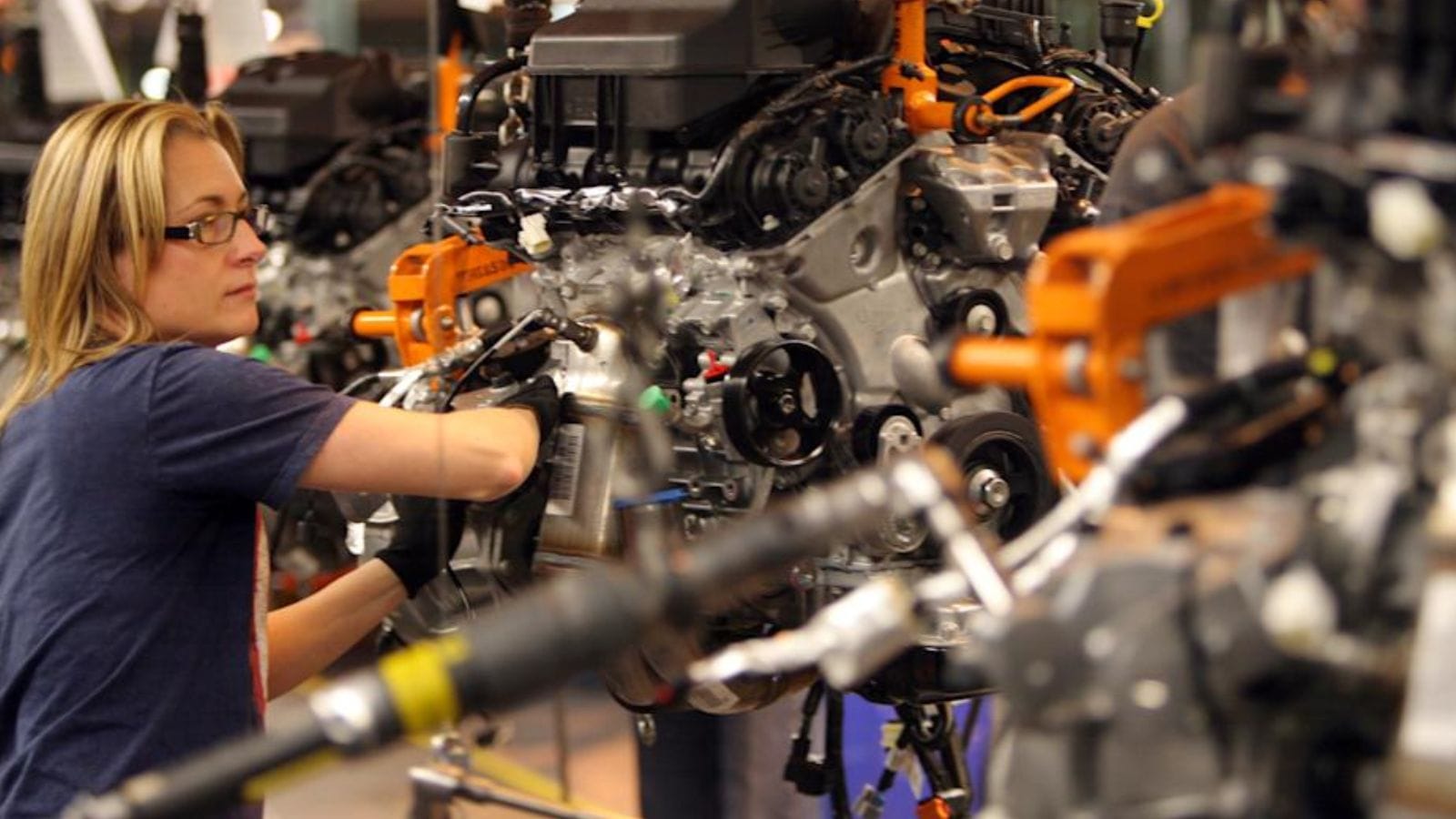
Linda Hasenfratz, Executive Chair of Linamar Corporation, warns that U.S. tariffs on Canadian auto parts could bring the industry “to its knees.” She highlights that some parts cross borders up to seven times before reaching consumers, making tariffs costly. Hasenfratz criticizes the idea of dismantling decades of integrated supply chains, stating it would be destructive with no clear benefits. Despite tariff threats, Linamar plans to invest $1 billion in Ontario, creating 2,300 jobs and emphasizing long-term strategy over short-term policy shifts.
Mark Nantais – Former President, CVMA
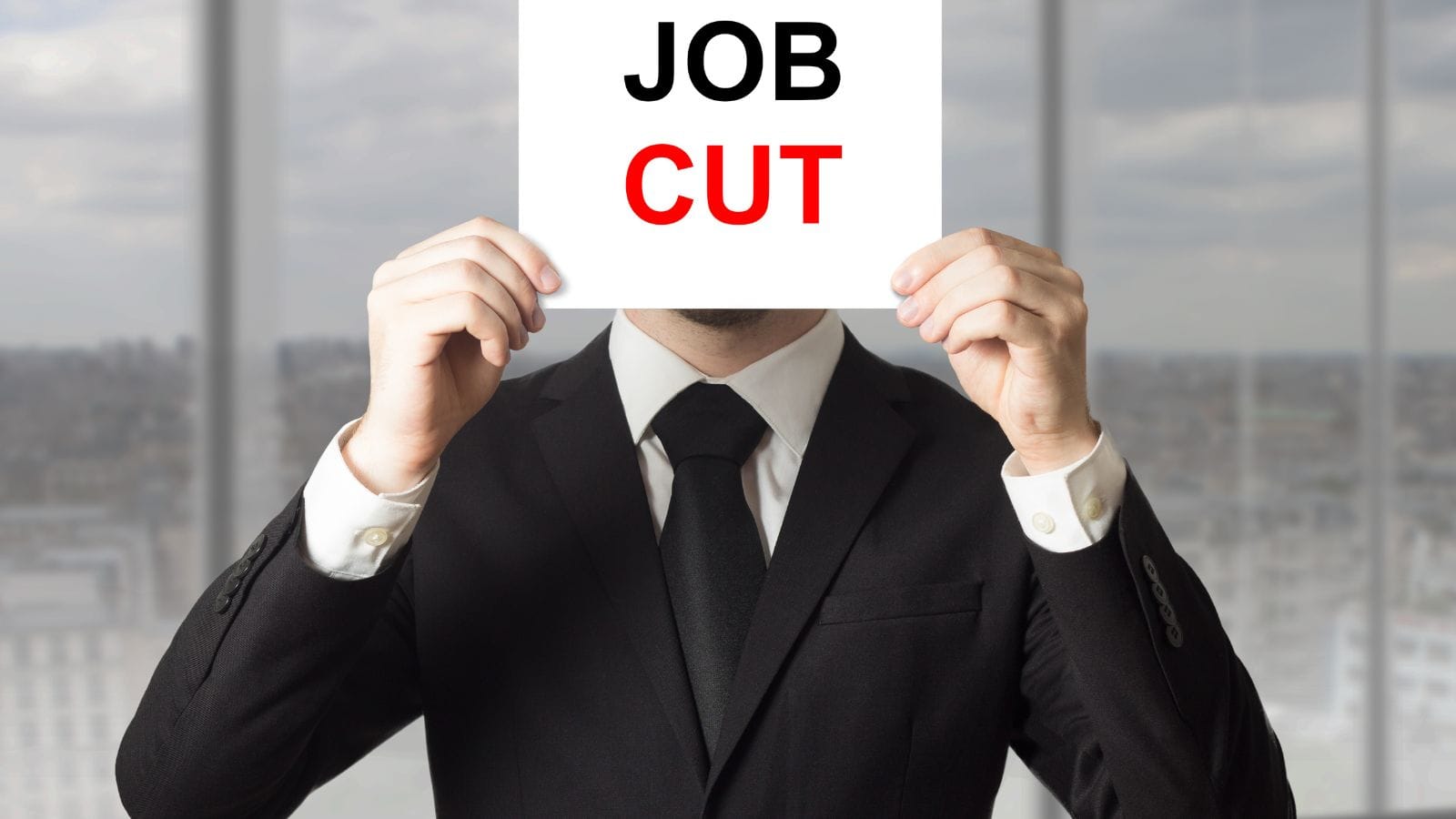
Nantais warned that tariffs would “undermine our global competitiveness” and cause “disruptive consequences” for thousands of jobs across North America. Nantais likened the auto industry to a finely tuned hockey team: Canada, the U.S., and Mexico passing parts back and forth until a car rolls off the line. Tariffs, he argued, would be like benching your star players mid-game—nobody wins, and fans (a.k.a. consumers) pay more for the same ride. He also criticized the CPTPP, saying it gave unfair advantages to countries that don’t build in Canada, calling it a “harmful one-way street” for domestic manufacturers.
Jim Farley – CEO, Ford Motor Company
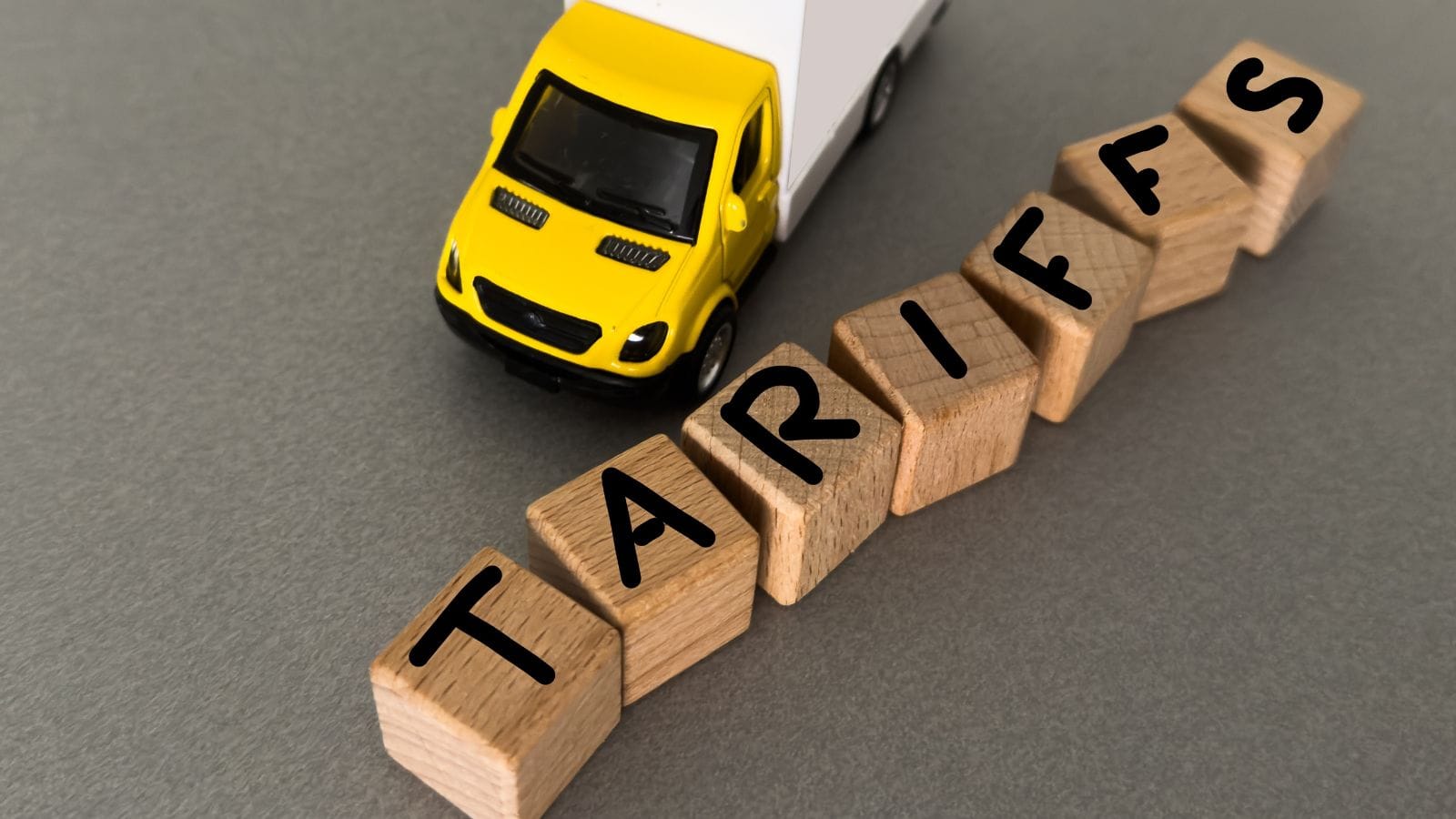
When discussing the 25% tariffs on Canadian and Mexican auto imports, Ford CEO Jim Farley didn’t mince words. He warned that such tariffs would “blow a hole in the U.S. industry that we have never seen,” Farley emphasized that these tariffs could inadvertently benefit foreign automakers from Europe and Asia, who aren’t subject to the same levies, potentially leading to “one of the biggest windfalls for those companies ever.” He also highlighted the potential for increased vehicle prices, with estimates suggesting costs could rise by up to $12,000 per car.
Huw Williams – Director of Public Affairs, CADA

He described the potential imposition of U.S. auto tariffs as “car-mageddon” for the Canadian retail car industry, warning of a “shocking” impact that could result in the loss of up to 100,000 jobs in Canada. In response to these challenges, CADA launched the “Automotive Competitiveness Framework,” advocating for measures such as ending Canada’s EV mandates, expanding the automotive regulatory framework to accept compliance certificates from countries like Japan, Korea, and the EU, and scrapping the luxury tax on vehicles. Williams emphasized that manufacturers are reconsidering which vehicles to bring into Canada and the U.S. based on the impact of tariffs, leading to different models appearing in showrooms on both sides of the border.
Lana Pyane – President, Unifor Canada
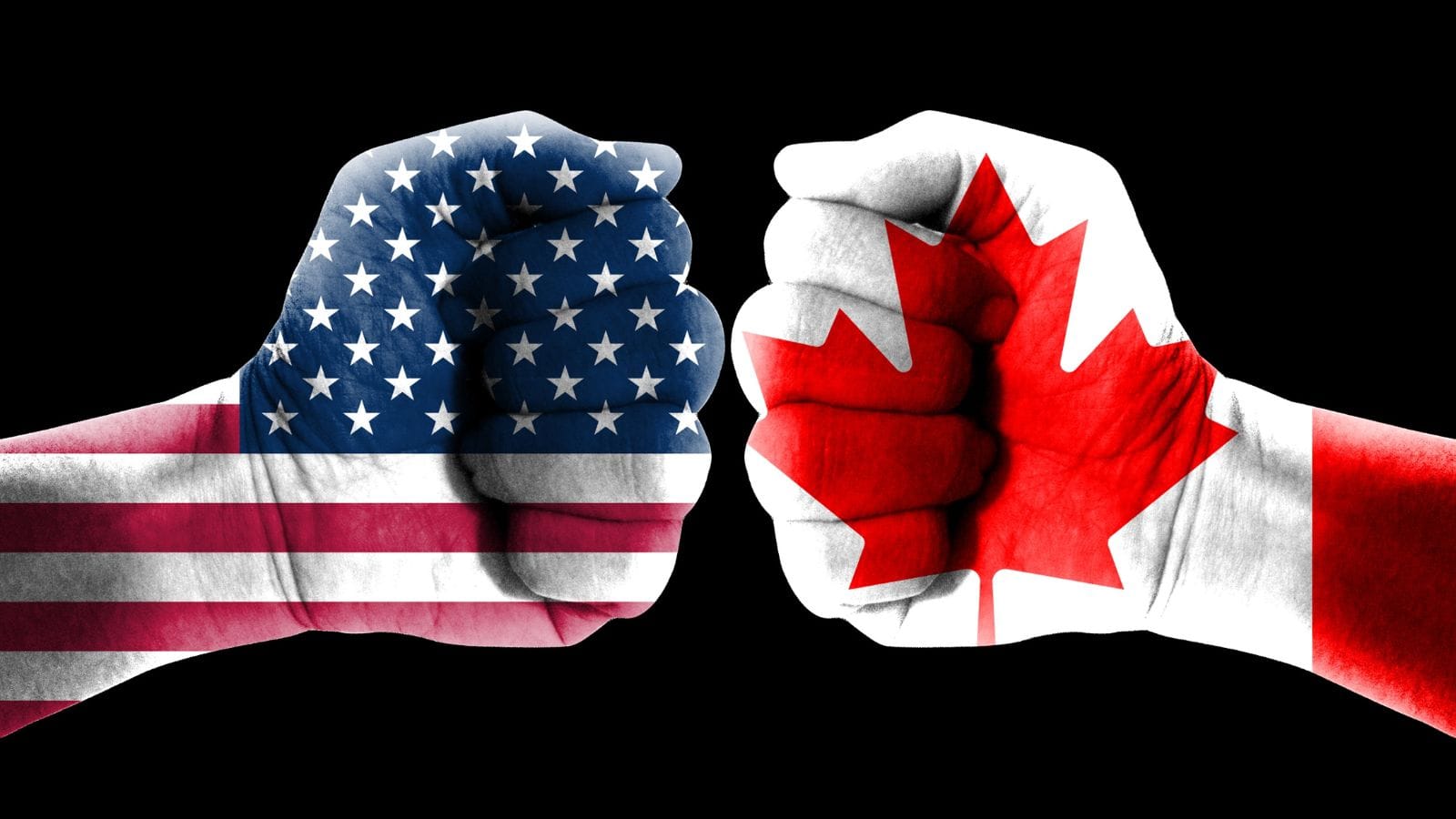
Unifor National President Lana Payne described the situation as an “economic war,” emphasizing that the U.S. tariffs are an attempt to “steal jobs from our country” and shift production to the United States. The tariffs have already led to significant disruptions. As General Motors announced a reduction from three shifts to two at its Oshawa Assembly Plant, citing the tariffs as a primary reason. Unifor has warned that such measures could cause the North American auto industry to “grind to a halt,” with increased vehicle costs and production line freezes.
Alexei Dubov – Plant Operations Director, Maple Leaf Motors

Alexei Dubov, the Plant Operations Director at Maple Leaf Motors, is steering through rough terrain as Canada gears up to impose a 100% tariff on Chinese electric vehicles (EVs) starting October 1, 2024. This hefty hike intended to push back against China’s state-subsidized EV surge piles on top of the existing 6.1% import duty, making Chinese EVs more expensive than a gold-plated moose saddle. Adding to the squeeze, the Canadian government plans to restrict EV incentives to vehicles from countries with free trade agreements, effectively putting Chinese models out of the running.
Trevor Tombe – Economist

Tombe says tariffs are less like a bold trade strategy and more like economic self-sabotage in a maple leaf. He argues that U.S. tariffs on Canadian vehicles and parts essentially tax American consumers, with Canadians getting hit by the shrapnel. And no, slapping on retaliatory tariffs isn’t a win—it’s an economic version of “if I go down, you’re coming with me.” In classic Trevor fashion, he reminds us that every part crossing the border is a handshake in the supply chain.
Steve Chipman – CEO, Birchwood Automotive Group
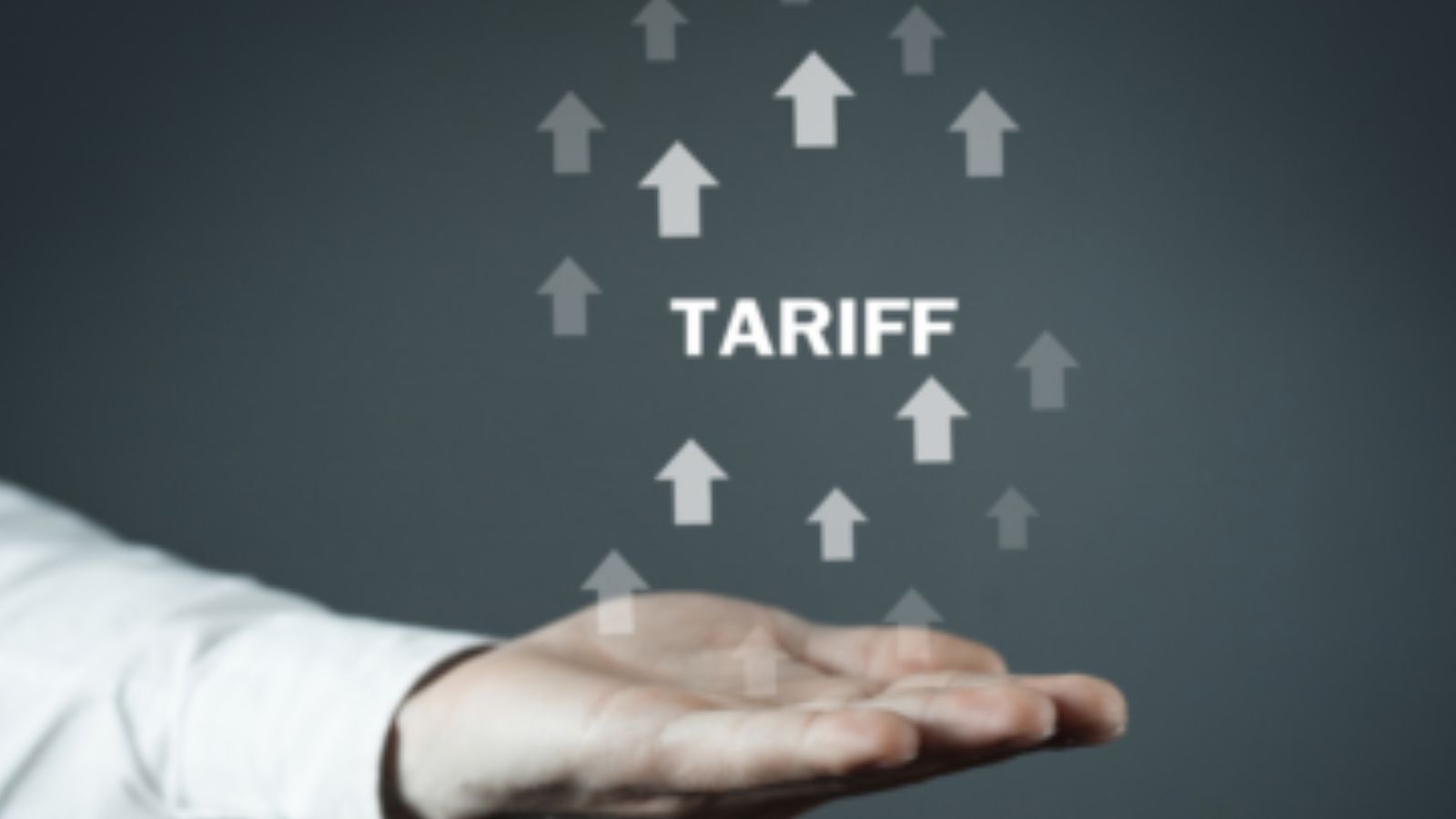
Steve Chipman, the affable CEO of Birchwood Automotive Group, likens the current tariff turmoil to a déjà vu of pandemic-era challenges. “This is a COVID-like challenge,” he quips, noting that while recent car sales have been robust, the looming tariffs could stir the pot. With the Canadian government slapping a 25% tariff on certain U.S. vehicle imports, the industry braces for potential price hikes. However, Chipman offers a silver lining: vehicles already in stock or those manufactured outside the U.S. remain unaffected by these tariffs.
Tiff Macklem – Governor, Bank of Canada
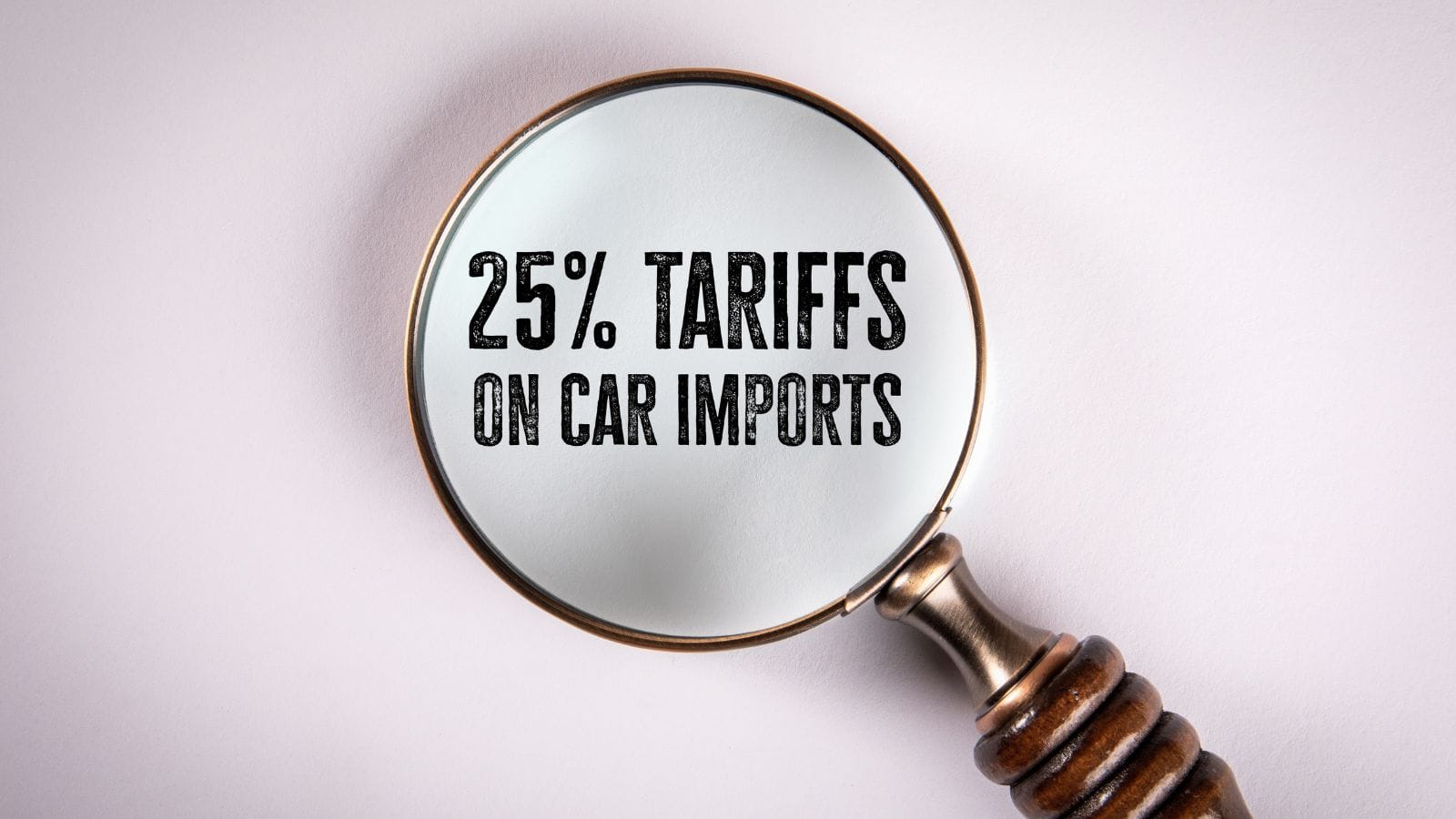
Macklem noted that second-quarter GDP growth could lag behind the first, a financial way of saying: “We might be in the slow lane, folks.” The Bank of Canada has kept interest rates steady but hinted that tariff turbulence could throw off inflation forecasts like a moose on black ice. With 25% levies slapping imports from the U.S., the ripple effects are more like a tsunami, impacting everything from Ontario assembly lines to dealership sticker shock in Moose Jaw. If prices keep rising, Macklem may have to either tap the brakes or hit the gas with rate changes.
Bernice McLaughlin – CEO, GreenAuto
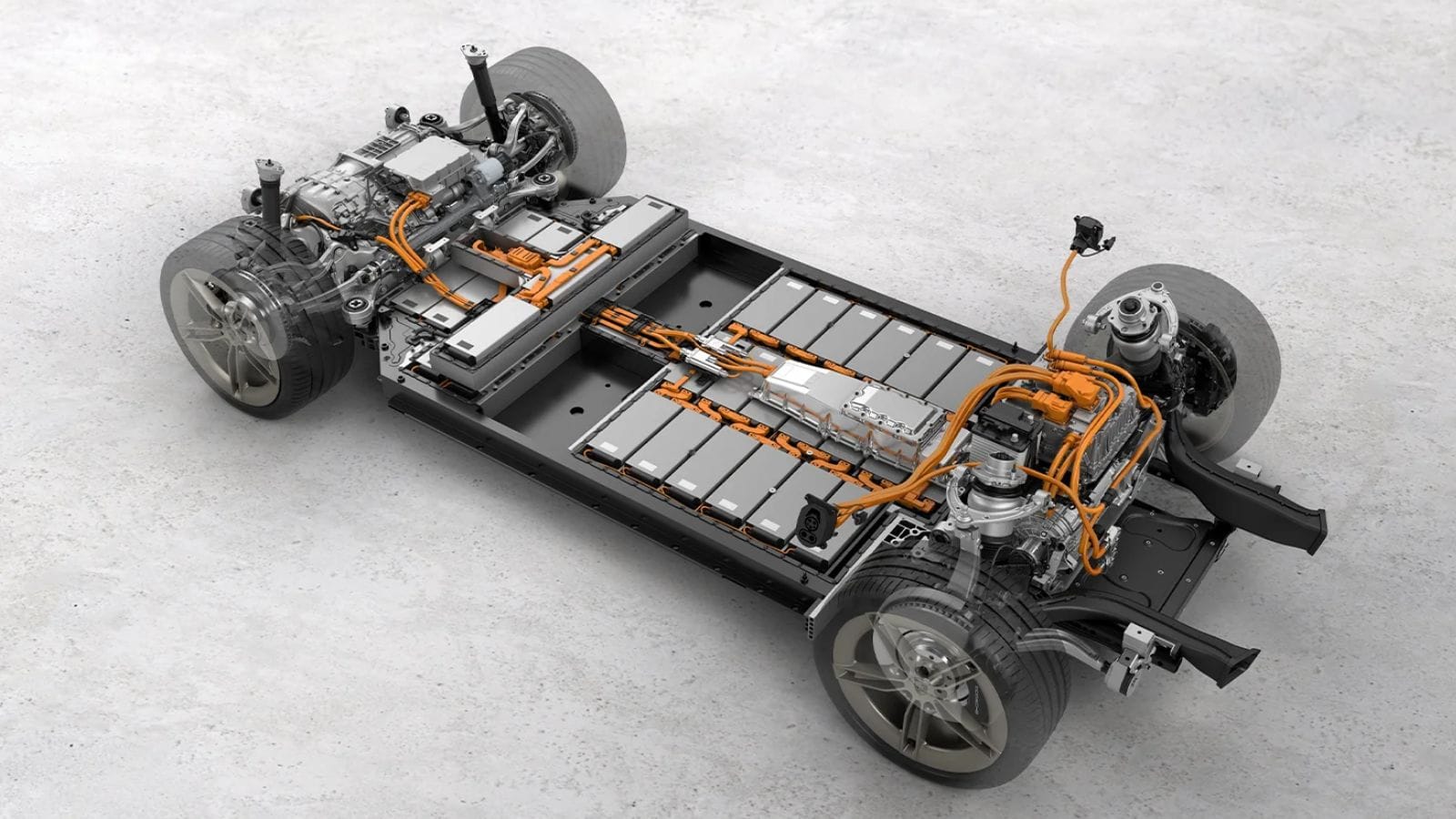
McLaughlin cautions that electric vehicles could face significant setbacks, pointing out that many of their key components are sourced internationally. “Batteries don’t grow on trees and most definitely aren’t made in Saskatchewan,” she quips. She warns that tariffs could increase EV prices by 12 to 18%. McLaughlin calls for targeted investments in Canada’s electric vehicle manufacturing and supply chain infrastructure to counter this. She stresses that swift action is essential if Canada hopes to stay competitive in the global auto industry.
James Stewart – President, Unifor Local 444
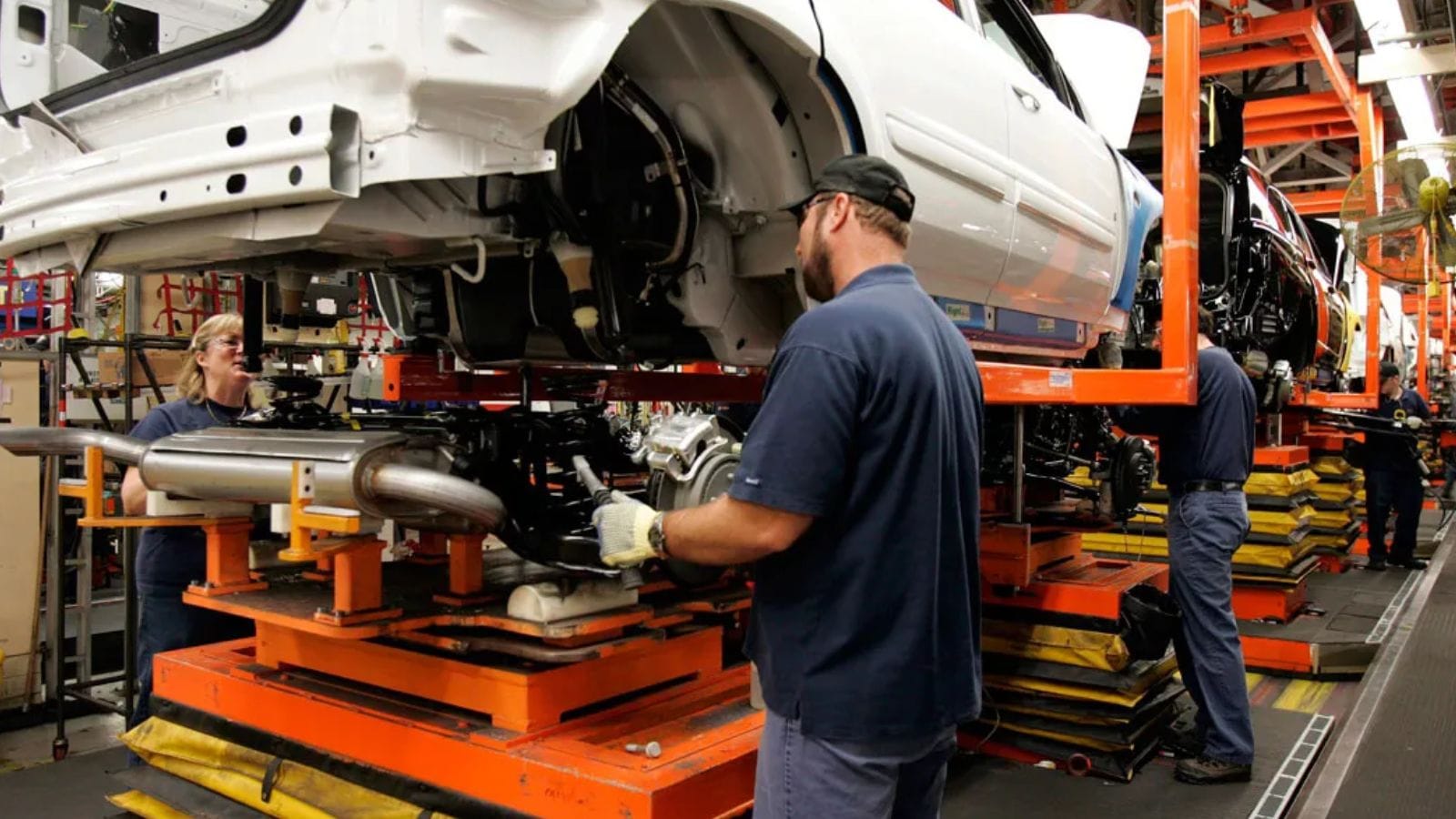
“Stellantis shut down its assembly plant in Windsor, Canada, for two weeks from April 7.” In April 2025, Stewart underscored the real-world consequences of these tariffs when Stellantis temporarily shut down its Windsor Assembly Plant for two weeks, impacting over 4,000 workers. “This isn’t just about numbers on a spreadsheet—it’s about families suddenly without income,” Stewart told reporters. He warned that job losses could become permanent if tariffs persist, with ripple effects throughout Canada’s auto supply chain, from parts manufacturers in Ontario to transport companies nationwide. Stewart also criticized the U.S. and Canadian leadership for failing to find a resolution that protects working-class people.
22 Times Canadian Ingenuity Left the U.S. in the Dust

When people think of innovation, they often picture Silicon Valley. However, Canada has a history of innovation, too. Whether it’s redefining sports, revolutionizing medicine, or just showing America up at its own game, Canadian inventors, thinkers, and dreamers have had their fair share of mic-drop moments. Here are 22 times Canadian ingenuity left the U.S. in the dust.
22 Times Canadian Ingenuity Left the U.S. in the Dust
